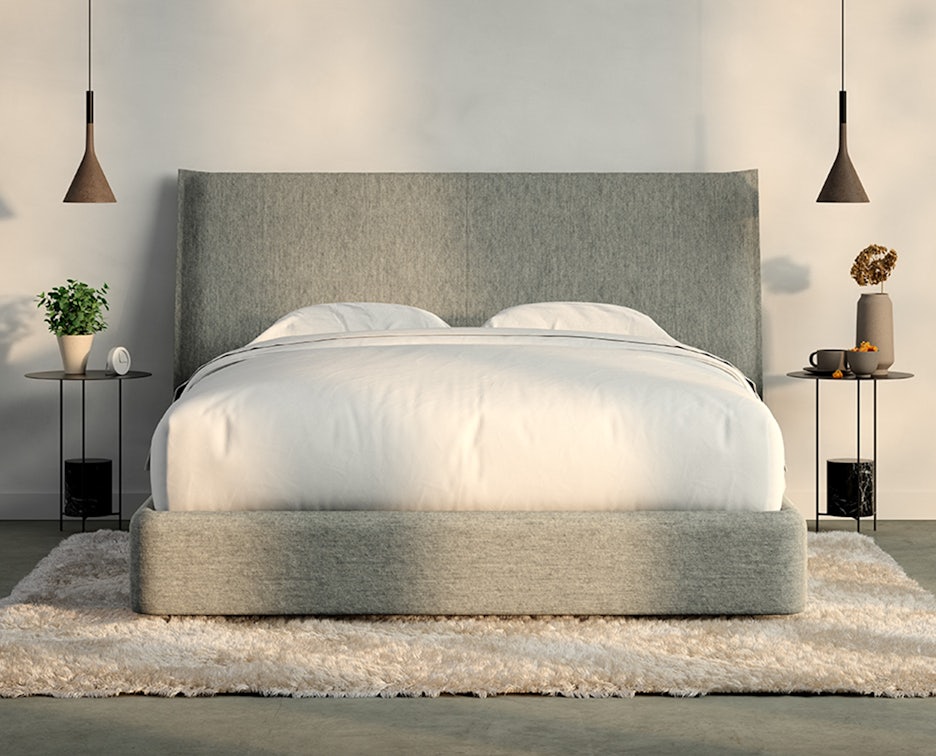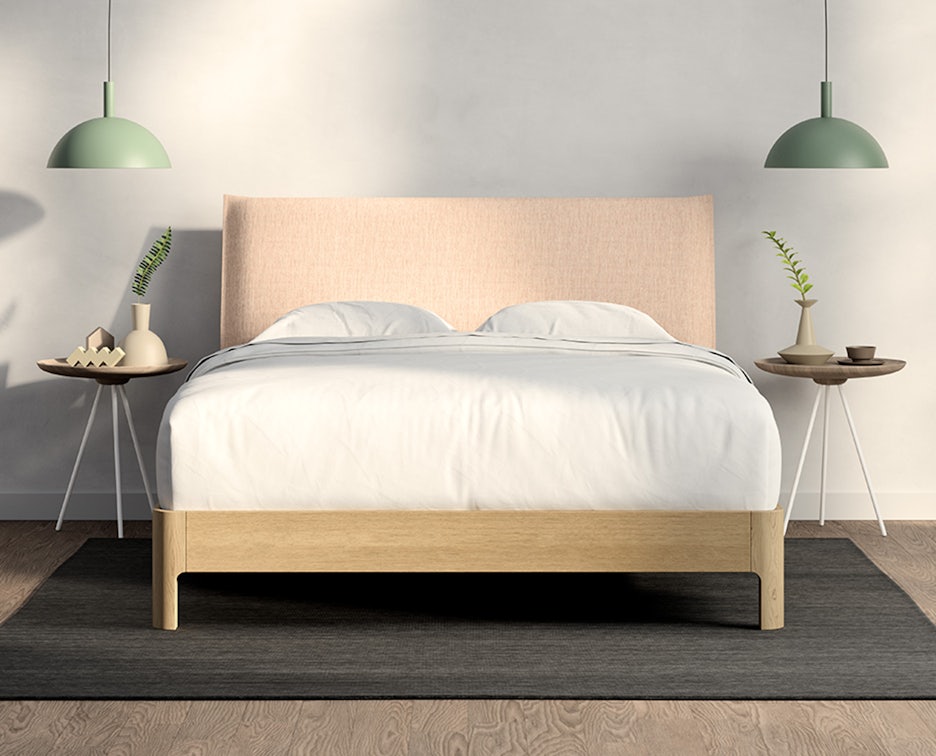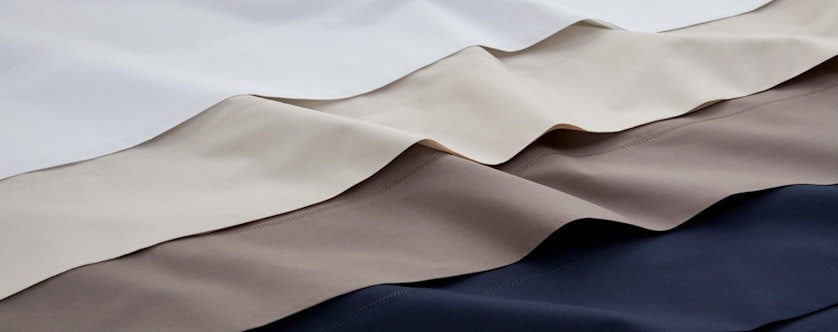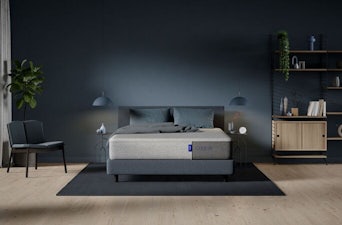
Twin vs. Full: Mattress Size
and Comparison Guide
9/22/2020 | Casper Editorial Team
Are you in the market for a new mattress, but unsure what size to get? In the case of mattresses, size matters. You’ll want to find a mattress that works well with your sleeping needs and space.
If you’re stuck deciding between a twin vs. full mattress, it’s important to know that the main difference is in the width. Both twin and full size mattresses are 75 inches long, however, a standard full-sized mattress is 15 inches wider than a twin mattress. Our guide will help you understand the difference between twin vs. full mattresses and include tips on how to find your perfect fit.
Twin vs. Full Dimensions

The main difference between twin vs. full mattresses is the width. A full-size mattress is 15 inches wider than a twin. To help you compare the two, use our comparison chart above and our detailed guide below. In it, we cover the difference in dimension between twin, twin XL, full, and full XL mattresses.
Twin (Standard)
Dimensions: 38” x 75”
Surface area: 2,850 square inches
Aside from a crib mattress, a standard twin mattress (also known as a “single bed”) is the smallest mattress size on the market. The dimensions of a twin mattress are 38 inches wide and 75 inches long with a surface area of 2,850 square inches. It’s compact and small, making it great for children, bunk beds, and small sleeping spaces.
Twin XL
Dimensions: 38” x 80”
Surface area: 3,040 square inches
A twin XL is slightly larger than a twin mattress with dimensions of 38 inches wide and 80 inches long and a surface area of 3,040 square inches. It is five inches longer than a twin with a surface area that is about 6% larger—making it a great option for taller teenagers or adults who live in small spaces. Twin XL mattresses are about the same length as a king or queen mattress, but much less wide.
Full (Standard)
Dimensions: 53” x 75”
Surface area: 3,975 square inches
A standard full mattress (also known as a “double bed”) is 15 inches wider than a twin XL, but five inches shorter. The dimensions of a full mattress are 53 inches wide and 74 inches long with a surface area that is 30% larger than a twin XL at 3,975 square inches. This makes a great starter mattress for recent grads or young adults living on their own for the first time.
Full XL
Dimensions: 53” x 80”
Surface area: 4,240 square inches
A full XL is the same width as a standard full, however, it’s five inches longer. The typical dimensions for a full XL are 53 inches wide and 80 inches long with a surface area that is 6% larger than a standard full at 4,240 square inches. This makes it a great option for taller adults who find the standard full a bit too small.
Other Differences Between Full and Twin Mattresses
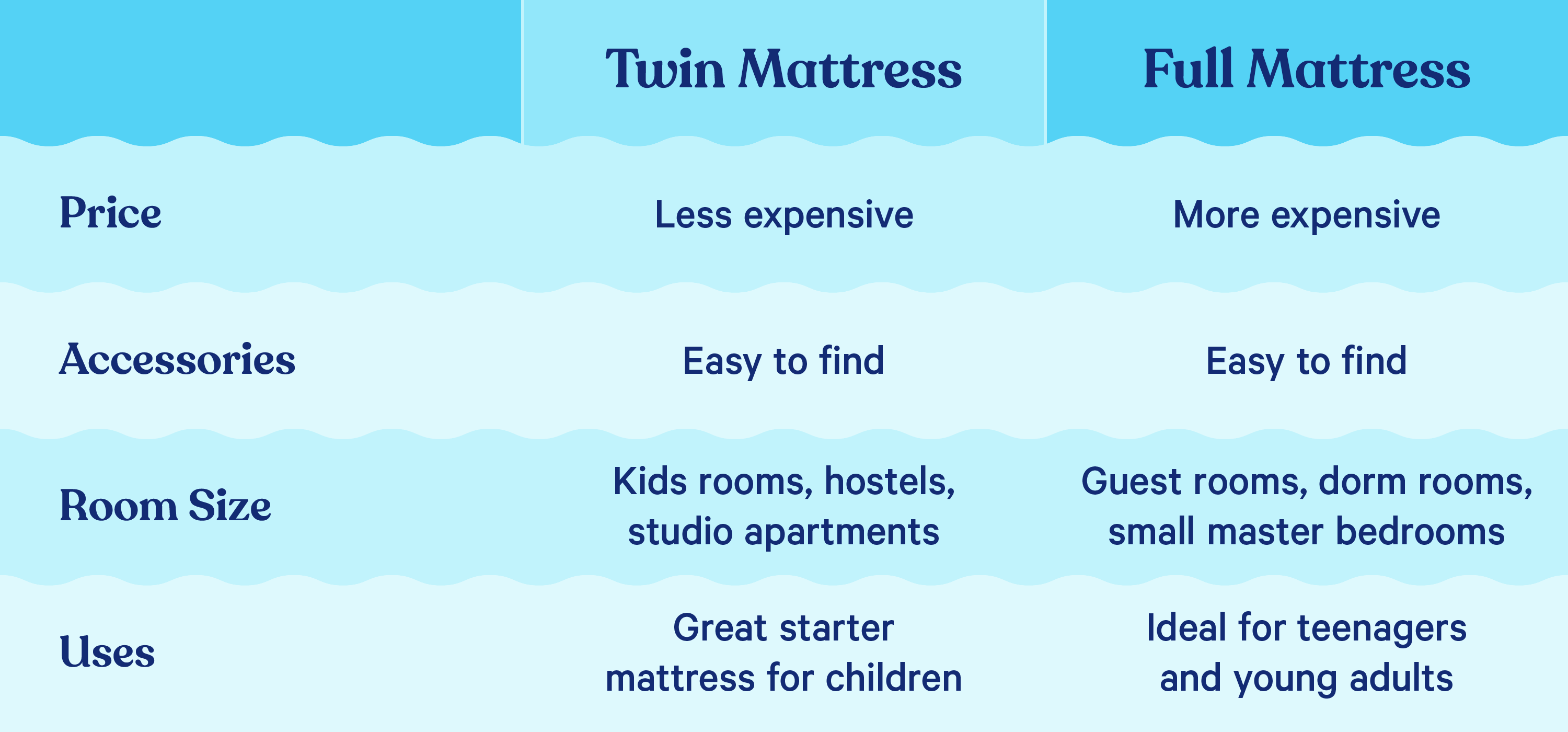
Aside from dimensions, there are several other factors that may contribute to your decision process including price, room size, accessories, and specific uses.
Price
The price of a mattress depends on a number of factors including the brand, material, type of mattress, and size. When it comes to the price of twin vs. full mattresses, twin mattresses are usually the cheaper option because they are smaller. Generally, the larger the mattress, the more expensive it will be.
For example, check out the difference in price between our Casper Original Mattress:
If you were to buy a hybrid mattress, the price would be a bit higher because of the material used. Take a look at the difference in price between our Original Hybrid Mattress:
While the price difference is relatively small, it’s something worth noting if you’re shopping on a tight budget.
Accessories
Something to also keep in mind is the accessories needed for your specific mattress size. It’s easy to find sheets and bedding that will fit both twin and full mattresses, however, they will differ in price.
Just like mattresses, the price of bedding, pillows, and other accessories will depend on the brand, material, and size. Twin size bedding will typically be cheaper than full bedding because it’s smaller in size. You’ll also need fewer pillows with a twin bed depending on the type of sleeper you are. Twin beds typically only need one pillow, while full beds can fit two pillows perfectly.
Room Size
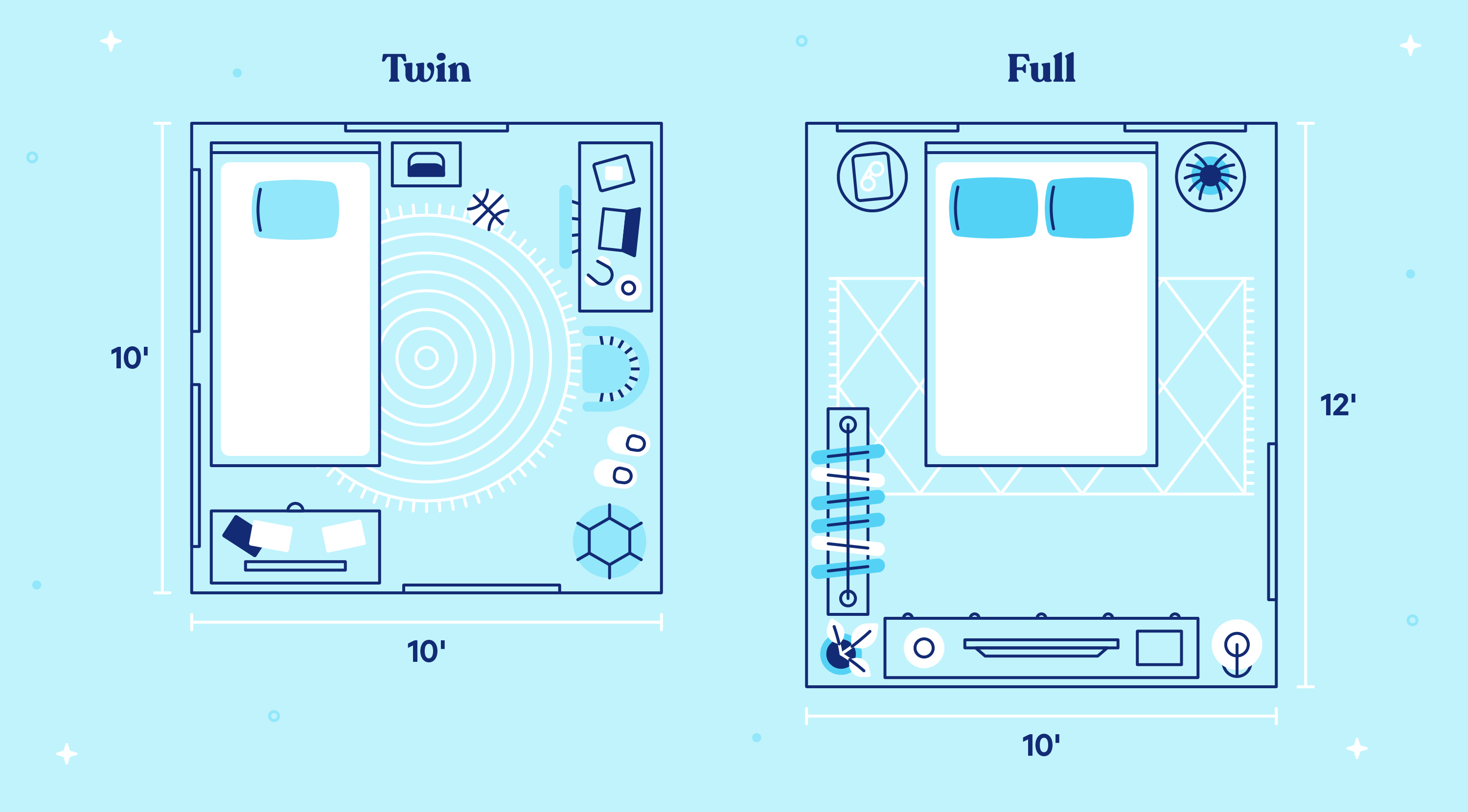
When it comes to room size, it goes without saying that twin mattresses are a better choice for smaller sleeping spaces. However, both twin and full mattresses can fit in pretty much any room and are great space savers.
Twin beds work perfectly in kids’ rooms and studio apartments. Twin XL mattresses are typically found in hostels and studio apartments because they are a bit longer and work well for teenagers or young adults.
Full mattresses work well in a majority of rooms, but especially in apartments, college dorm rooms, and small master bedrooms. Because they can be used for both kids and adults, they also work well in guest rooms. Generally, full mattresses will fit best in a room that is 10 x 10 or 10 x 12. This will ensure there is extra space for furniture and other types of bedroom decor.
Uses
A twin size mattress is a great starter mattress for children when they’re transitioning from a crib into a “big kid’s bed.” If you have two kids sharing a room, twin beds are a perfect fit. They also work well for bunk beds. Once your little ones reach their teenage years, consider switching to a full if the twin becomes too small.
Full mattresses are ideal for single sleepers because of the extra width on each side. If you sleep with someone, a full-sized bed leaves each person about 27 inches of space. If you value your personal space, you may find that a full is too small for two people.
The Pros and Cons of a Twin Bed

Also referred to as single beds, twin beds are the typical mattress option for kids that have grown out of their cribs. They are great space savers and work especially well in kids’ rooms and guest bedrooms.
Pros
Cons
Because of their small size, twin beds are cheaper than full mattresses and easier to move. However, they may not last your little one long if they have a growth spurt.
The Pros and Cons of a Full Bed

A full bed, also referred to as a double bed, is the ideal option for single sleepers looking to save space. While full mattresses are the same length as standard twin mattresses, they offer extra width and are a popular choice for dorm rooms, guest rooms, and small apartments.
Pros
Cons
Because a twin mattress is 15 inches wider than a full, it’s a bit more expensive and harder to move. However, the extra width makes this type of bed ideal for both kids and young adults who live in smaller spaces.
Should You Get a Twin or Full Bed?
When searching for a new mattress, consider who will be sleeping in the bed and where it will be placed.
You should choose a standard twin mattress if:
You should choose a twin XL mattress if:
You should choose a full mattress if:
You should choose a full XL mattress if:
Once you figure out the exact size of mattress you need, then the fun begins! Choose between memory foam, latex, a hybrid mattress, and more. Make sure to pick cozy sheets, comforters, and pillows as well.
Looking to compare other mattresses? Check out our memory foam vs. spring, latex vs. memory foam, king vs. California king, and full vs. queen mattress comparison guides.
The Original Twin
Our award-winning “sweet spot” option. The Casper has 3 layers of sumptuous foam for blissful nights of deeper sleep.
Starting at 895 CAD
The Original Twin XL
Our most popular option, the Original Twin XL has been winning over sleepers for years.
Starting at 995 CAD


